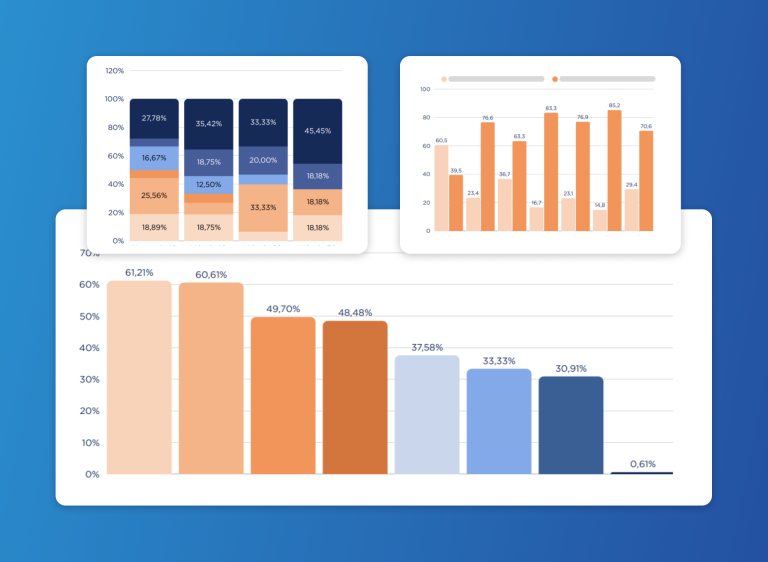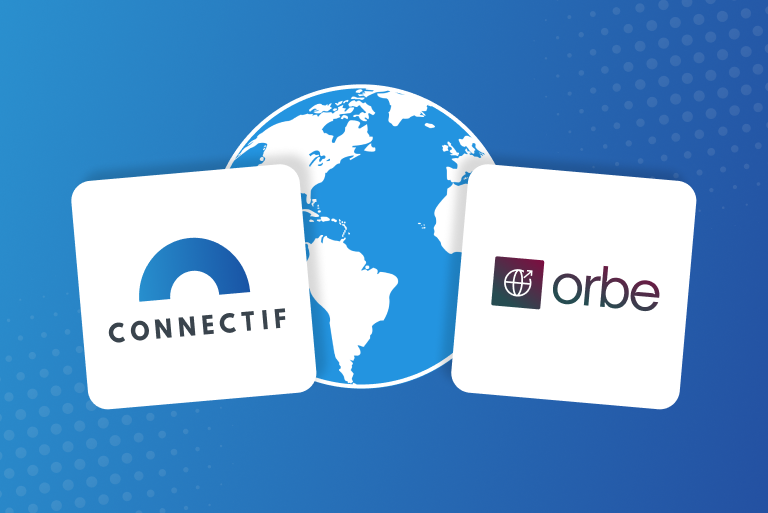Are you ready to unlock the full potential of your first-party data?
With the world rapidly heading towards a cookieless future and the end of third-party data nipping at our heels, it’s more important than ever to understand the power of your own first-party data and to know how to collect it, analyze it, and apply it efficiently and effectively into your marketing strategy to transform the results of your eCommerce business.
There’s a lot to think about when it comes to leveraging first-party data. But don’t worry, we’re here to guide you through it!
What exactly is first-party data?
First off, let’s talk about what first-party data is.
It’s the valuable information that you collect directly from your customers, such as purchase history, browsing behavior, and demographic information. This data is like gold for eCommerce businesses as it gives you information about your customers that you just can’t get elsewhere.
These valuable (and very real) insights can help you better understand your audience so you can then tailor your marketing campaigns to their specific wants and needs, and stand out from the crowd of competitors with hyper-personalized and relevant messaging that keep them coming back for more.
Yes, you read that right.
First-party data has the power to differentiate your business from competitors, increase sales and profitability, while also keeping your customers happy.
What’s not to love?
On the other hand, third-party data is collected by someone else (usually another company) and then sold to businesses, and despite some useful data about interests, online behavior and so on, you don’t really know how accurate or reliable these insights are.
Why is first-party data so important?
Now, let’s dive into the nitty-gritty of why first-party data is so important.
With privacy concerns on the rise, the world is cracking down on how third-party data is being collected and used, meaning it’s becoming less reliable and accessible. Plus, with the looming cookieless future, the need for first-party data has never been greater.
By collecting, analyzing, comparing and acting on your own first-party data, you can forget about cookies and focus on building stronger relationships with your customers and driving growth.
As well as this, don’t forget that your first-party data is yours. You know exactly where (and who!) it has come from so you can rest assured that it will be more accurate than any other data you come across. And who doesn’t want more accurate data?
By investing in your own first-party data, you’re future-proofing your eCommerce business while also creating a competitive advantage.
Win-win!
How can I make the most out of my first-party data?
So, let’s get into the steps you need to take to get started with first-party data.
-
COLLECTING FIRST-PARTY DATA
First, you need to ensure that you’re collecting as much data as possible about your customers. This can be done through a variety of means, such as tracking the behaviour of your audience across all of your channels.
By keeping an eye on every customer interaction on your website, from their first visit to the products they are checking out, buying or abandoning, as well as every interaction across the rest of your channels (emails, social media, WhatsApp, SMS…), you can gain a broader understanding of your customers.
Be sure to let your customers know how you plan to use their data and the value it will bring to them, so they are more willing to tick the box and share their information with you.
To dig even deeper, you can make use of incentives such as discounts to encourage customers to voluntarily share more data about themselves to help you understand what they want to see and buy from your business.
The more data you have about your customers, the more you will understand them, and the better you can serve them!
For example, if you’re a health foods shop, it’s handy to know about each customer’s tastes, allergies, and special dietary requirements, so you don’t end up flaunting your new line of goat’s cheese to an audience of vegans.
As important as it is to collect as much quality data as possible from all of your channels and all of your customers (both known and anonymous), it’s just as important to make sure all of this data is being collected in one place so you can work with one single source of truth.
-
ANALYZING FIRST-PARTY DATA
Once you’ve collected your first-party data, it’s time to analyze the information and find patterns or opportunities that you’ll later be able to leverage in your strategic marketing campaigns. First-party data can help you answer simple yet valuable questions about your customers, such as:
- How do they behave on your eCommerce website?
- What channel do they interact with the most?
- What products do they like to buy?
Depending on the platform you’re using to collect all this data, you may even be able to automatically access key metrics such as RFM, CLV, and answer burning questions about each customer such as:
- What value do they bring to your business?
- How often do they buy from your business?
- How likely are they to buy again from you?
The more information you have about each customer, the better you will be able to tailor your marketing campaigns so they have a bigger impact and bring in better results.
Although it may be very tempting to think of the infinite opportunities you now have to target each customer based on every little detail you now know about them, it can leave you feeling hesitant and confused about where to begin. Not only that, but when investing in a new tool, we tend to want to start seeing positive results as soon as possible…
As Paretto’s law states, 20% of your efforts will yield 80% of your results. With this in mind, when starting with first-party data, it’s important to identify larger, key audiences and focus your initial efforts on them, before getting down and dirty with micro-targeting.
This approach of starting broad will not only help you avoid becoming overwhelmed, but will also allow you to see results more quickly, which can be especially important when implementing and investing in new tools.
With a suitable data management platform, you will be able to efficiently and effectively segment your customers based on similarities drawn from valuable data insights and create key audiences that you can target at scale with relevant and emotionally intact messaging.
-
APPLYING FIRST-PARTY DATA
So, you’ve gathered all of your first-party data from all your channels into one single source of truth, you’ve analyzed all the information and drawn powerful insights from it that truly help you understand each customer, and you’ve now created segments of key audiences to target.
It’s now time to put in place different omnichannel marketing strategies to target your key audiences in the most meaningful way possible.
Whether it’s a targeted promotion, loyalty program or personalized product recommendations, start by defining the message you want to target each audience with, then identify the most effective channel to communicate that message to them, and the action you want them to take.
Let’s take the earlier example of the health foods store:
- Are they loyal customers? If so, give them a heads up via a push notification about your exclusive pre-sale of a new brand of kombucha.
- Have they not bought anything from you in the last 30 days? Send them an email with a limited-time discount to encourage them to restock their fridge.
- Have they told you they’re vegan? Encourage them to sign up to your newsletter about plant-based products!
By creating unique and personalized marketing campaigns that truly speak to each audience, you’ll set yourself apart from the competition, keep your customers coming back for more and transform the sales of your eCommerce.
Still not convinced about the power of first-party data?
Here is just a selection of our clients who have empowered their omnichannel marketing strategies with customer data collected from their own channels and some of the results they achieved:
Kave Home achieved a 70% open rate of their key email campaigns and reactivated 20% of dormant customers based on cross-channel customer behaviour.
Farmacias Direct personalized landing pages and special promotions for specific audience segments and increased the conversion rate of their online store by 15%.
Gioseppo, a leading fashion brand in Spain increased their average Customer Lifetime Value by 8% with the intelligent use of first-party data.
Get started before the cookie crumbles
In conclusion, the power of first-party data for your eCommerce business cannot be overstated.
By investing in the right technology that allows you to collect and analyze your first-party data from all channels, you’ll be perfectly positioned to understand your customers and communicate with them in a way that will drive engagement, loyalty and sales, as well as future-proofing your business in time for the cookieless era that’s just around the corner.
So, what are you waiting for?
If you’d like to learn more about how Connectif’s marketing automation platform can give you a headstart into the world of first-party data with omnichannel visibility, audience segmentation, strategic workflows, personalized content and advanced dashboards to check the results, don’t delay!
Ask for a demo today.




